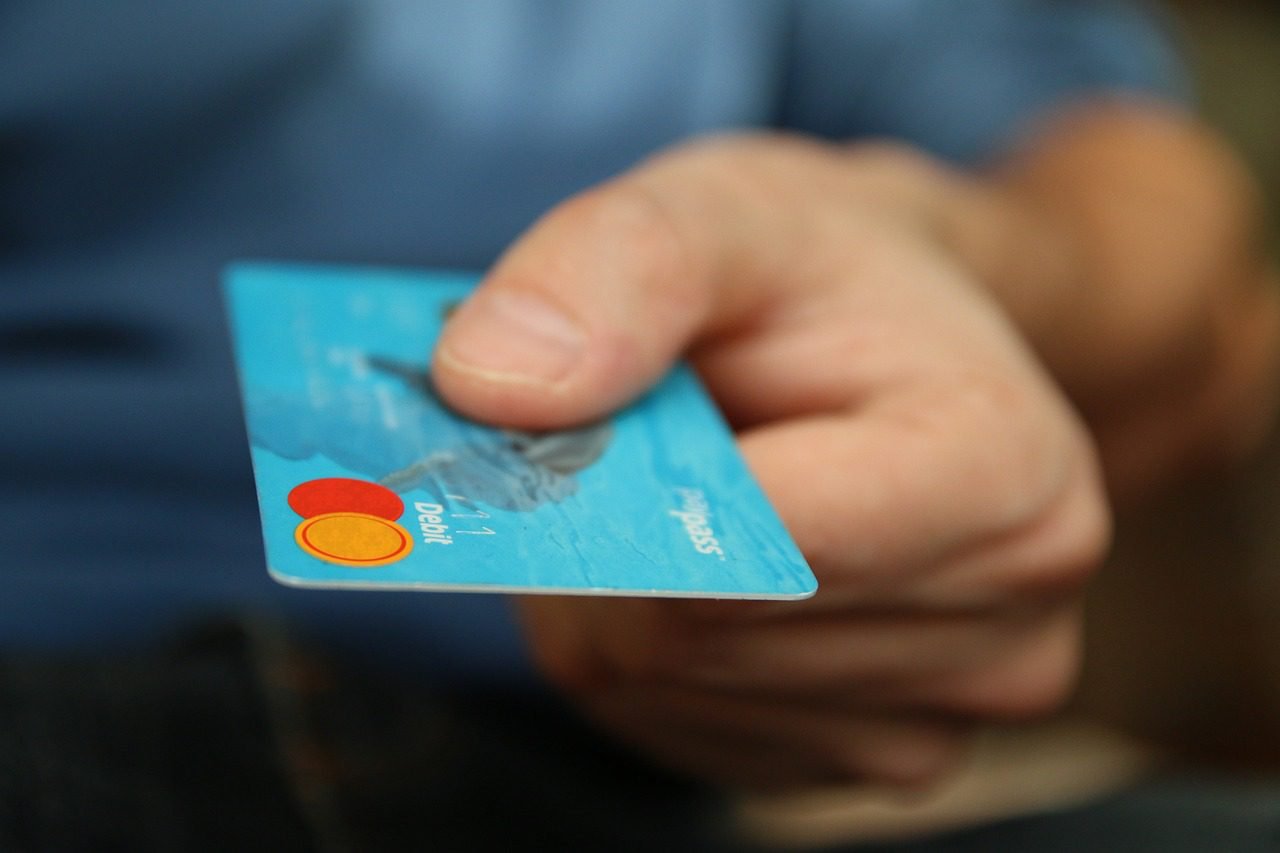Introductions
Affecting millions of people, credit card debt is a common problem that causes mental stress and financial difficulty. Overcoming debt can seem difficult given minimum payments that hardly cover the interest and growing rates. You may, however, take charge of your money and pursue a debt-free future by implementing sensible plans and keeping a disciplined approach. This page offers a thorough guide on handling and clearing credit card debt together with useful tips and professional guidance to enable you to recover financially.
Credit Card Debt: Introduction
Credit Card Use: Widespread
Many people depend on credit cards as a practical financial tool for regular purchases and unforeseen costs. However, the simplicity of loan availability could cause overspending and finally debt accumulation. Many people find themselves covering costs with credit cards without fully understanding the long-term consequences, therefore creating a debt cycle that can be challenging to stop.
Typical Errors Causing Debt Aggregation
Credit card debt accumulates for several reasons. High interest rates, the habit of making minimal payments, and impulse buying can rapidly change reasonable balances into debt that is intolerable. Unexpected life situations like car repairs or medical crises also sometimes cause people to turn to credit cards as a temporary fix, therefore aggravating their financial condition.
Credit Card Debt’s Effects
Financial Effects of Debtcarrying
Dealing with a lot of credit card debt can have major negative financial repercussions. High interest rates indicate that, rather than lowering the principal balance, a lot of your monthly payments go into interest. Paying down the debt in a suitable period can prove difficult as a result. Moreover, a high amount of credit limit can lower your credit score, making it more difficult to get loans or another kind of credit going forward.
Emotional and Psychological Cost of Debt
Managing credit card debt can also wear on your mental and emotional health. Anxiety and melancholy can result from ongoing concern about meeting payment deadlines, dread of spiraling debt, and guilt or humiliation about poor financial behavior. Dealing with the emotional effects of debt is just as vital as handling the financial ones as effectively conquering debt depends on keeping a good attitude.
Good Plans for Financial Reconstruction
1. Drafting a reasonable budget
The Value of Budgeting for Management of Debt
Making a reasonable budget is among the best strategies for controlling and wiping out credit card debt. Tracking your income and expenses made possible by a budget helps you find places where you may cut back and devote more funds toward debt payback. List all of your fixed expenses—rent, utilities, insurance—as well as all sources of income first. The track then changes spending including dining out, entertainment, and grocery. This will enable you to see your spending patterns and guide your debt-repayment priorities.
Tools and Materials for Monitoring Spending
Several tools and applications abound that would enable you to properly manage your budget and track your expenses. Apps include EveryDollar, You Need a Budget (YNAB), and Mint, which have user-friendly interfaces and tools that simplify the tracking of expenditures. These instruments can also offer insightful analysis of your financial behavior, so guiding your judgments on where to decrease expenses and how best to devote money toward debt pay-off.
2. Avalanche vs. Snowball Debt Repayment Strategies
Know the Debt Avalanche Method
Using the debt avalanche approach, one pays off debt with the highest interest rates first. Concentrating on the most costly debt will help you become debt-free more rapidly by lowering the overall interest paid over time. List your debts in the highest to lowest order of interest rate to apply this approach. Except for the obligation with the highest interest rate, make minimum payments on all others; you should allocate as much additional money as you can.
Knowledge the Debt Snowfall Method
Conversely, the debt snowball approach emphasizes on first paying off the least amount of debt. By letting you see immediate wins as you remove tiny balances, this method is meant to create momentum and drive. List your debts from smallest to largest using this approach—by balance. While making minimal payments on the others, concentrate on initially paying off the least amount of debt. Start with the smallest debt paid off then work on the next smallest.
Selecting the Correct Approach for Your Situation
Your financial condition and personal preferences will determine which of the debt avalanche and debt snowball approaches you choose. The debt snowball approach may be more successful for you if your motivation comes from fast gains and the psychological lift of debt elimination. The debt avalanche approach may be the superior option, though, if your main priorities are lowering interest rates and paying off debt as quickly as feasible. Although both strategies call for discipline and dedication, choosing the correct one will help the path to debt freedom to be more under control.
3. Leveraging debt consolidation and balance transfers
How Balance Transferring Can Cut Interest Charges
By moving high-interest credit card balances to a new card with a lower or 0% introductory interest rate, balance transfer credit cards present a chance to save on interest. This can offer some respite and allow you a window of opportunity to pay off the loan without running more interest. But it’s important to know the terms and costs connected to balance transfer cards, like the transfer charge and length of the promotional rate.
Debts Consolidation Loan Benefits and Drawbacks
Debt consolidation loans let you combine several credit card balances into one fixed-interest loan. This helps you to control your debt since it streamlines your payments and can lower your general interest rate. Still, one should take loan term duration and overall interest paid over time into account. Although debt consolidation can help by reducing your monthly payments, it could also lengthen the payback period, therefore increasing long-term expenditures.
4. Bargaining with Creditors
Plans for Reducing Interest Rates
One good approach to cut your monthly payments and interest rates is negotiating with your credit card issuers. First, call your creditors and go over your financial circumstances. Tell them straightforwardly about your problems and ask whether they could provide a temporary payment cut or a lower interest rate. Particularly if you have a solid credit score and a history of on-time payments, creditors could be eager to work with you.
Investigating Debt Settlement Strategies
Sometimes creditors would agree to a debt settlement, in which case you pay a lump sum less than the overall owing. If you find it difficult to make minimal payments, this can be a good alternative; yet, debt settlement could lower your credit score. See a credit counselor or financial expert to investigate all of your options and completely grasp the possible repercussions before choosing this one.
5. Increasing Income to hasten debt pay-off
Examining Side Projects and Extra Income Sources**
Your efforts at debt reduction will be accelerated by raising your income. To create extra money, think about picking up a side project or part-time employment. The extra money from freelancing, gig economy employment, or small online business startups can be directly used toward your debt. The secret is to select employment that allows you to concentrate on rapidly reducing your debt while nevertheless fitting your schedule and skill level.
Using Skills and Selling Unused Goods**
Using your abilities or selling unneeded goods will also help to increase your revenue. Selling goods you no longer need on sites like eBay, Facebook Marketplace, or Craigslist and cleaning your house will help you create extra money to pay off debt. Furthermore take into account providing services based on your expertise, including house repairs, graphic design, or tuition. These pursuits can give you a consistent income to assist in faster debt reduction.
6. Adopting an Economical Way of Life
Cutting Unnecessary Spending
Managing and paying off credit card debt calls for a frugal lifestyle. Cut first needless costs such as dining out, subscription services, and impulsive buys. Emphasize needs above wants and give spending that advances your financial objectives top priority. By reducing discretionary expenditure, you
can liberate more funds to devote to debt payback.
Building Cost- Saving Strategies
Apart from reducing expenses, developing cost-effective behaviors would enable you to accumulate long-term savings. Over time, little adjustments like cooking at home, riding public transportation, and discount shopping can mount up. Your road to financial recovery will be much different if you pay attention to your expenditures and find ways to save in daily events.
Professional Notes on Debt Management
Thoughts from Debt Counselors and Financial Advisors
Certified financial planner Jane Thompson stresses the need to approach debt control actively. “Developing a strategy and following it will help one to overcome credit card debt. The most crucial thing is to remain consistent and motivated regardless of the debt avalanche or snowball approach you decide upon.”
Credit counselor John Harris notes, “Many people feel overwhelmed by their debt, but it’s possible to overcome even the most difficult financial circumstances with the correct tactics and help. If you find yourself having trouble controlling your debt on your own, don’t hesitate to get expert guidance.
Success Stories from People Rising Above Credit Card Debt
Inspired and motivated by success tales of people who have effectively paid off their credit card debt, Using the debt snowball approach and working a part-time job, Sarah—a mother of two—managed to wipe off $20,000 in credit card debt in just two years. Though it wasn’t easy, she says, “Every time I paid off a debt, I felt a sense of accomplishment that kept me going.”
Young professional Mike employed the debt avalanche approach to pay off $15,000 in high-interest credit card debt. “Based on the highest interest rate debt, first made the most sense,” he says. “I’m glad I persisted even though it was a long road.”
Extra Data and Tools
Value of Establishing an Emergency Fund
You should also concentrate on creating an emergency fund as you move toward credit card debt pay-off. By avoiding depending on credit cards for unanticipated needs, an emergency fund helps you stay out of debt. Save in a separate easily accessible savings account at least three to six months’ worth of living costs.
Long-Term Plans for Preserving Financial Wellness
Maintaining good financial habits is crucial to avoiding debt going forward once your credit card debt is paid off. Keep living within your means, track your spending, and keep budgeting. Think about creating fresh financial objectives including investing, saving for retirement, or house buying. Maintaining discipline and concentrating on your financial well-being can help you to have a debt-free life and attain long-term financial security.
Result
One difficult but realistic aim is to pay off credit card debt. Staying dedicated to your financial recovery plan and using the ideas presented in this article will help you to take control of your debt and forward with your financial life. Recall that even the most difficult financial challenges can be surmounted with tenacity and will; every little action counts.
Common Questions
Which, the debt avalanche or debt snowball approach, is better?
Although both approaches work well, your unique tastes and budgetary circumstances will determine which is ideal. While the debt snowball approach offers rapid gains that can inspire, the debt avalanche method saves more on interest.
**Q: Can I get my interest rates dropped by bargaining with creditors?
A lot of creditors are eager to deal with you, particularly if your payment record is clean. Asking never hurts, and you might be shocked by the answers.
*Q: Does consolidation of debt make sense?
A: If debt consolidation lowers your interest rate and streamlines your payments, it could be an excellent choice. Still, it’s crucial to weigh the long-term expenses and ensure you’re not unnecessarily stretching the payback time.
Q: How can I raise my income to speed debt pay-off?
A: Think about starting a side business, auctioning off unneeded goods, or using your talents to generate extra money. Your efforts at debt repayment could be much improved by the extra money.
After I pay off my credit card debt, what should I do?
To guarantee long-term financial stability, concentrate on creating an emergency fund, formulating fresh financial goals, and preserving sound financial practices.





